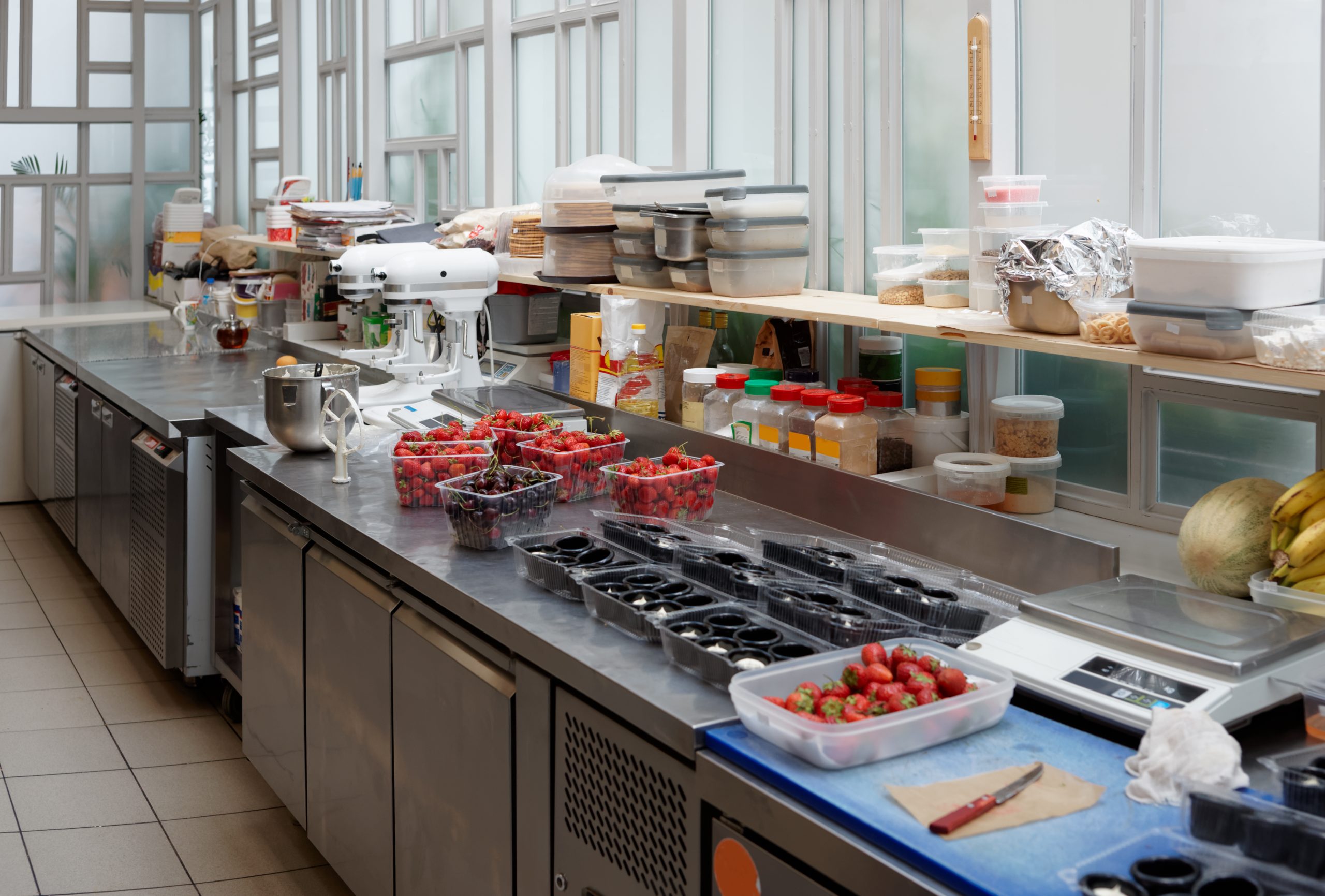Putting Products to the Test: Ensuring Quality with Product Testing and Validation
As consumers, we rely on products to make our lives easier, more convenient, and enjoyable. Whether it’s a new gadget, a household appliance, or a beauty product, we expect these items to perform as promised. But how can we be certain that the products we purchase will live up to our expectations? This is where product testing and validation come into play, serving as essential steps in the manufacturing and quality assurance process.
The Importance of Product Testing
Product testing involves subjecting a product to a series of rigorous tests and evaluations to ensure that it meets the required standards and specifications. By undergoing this crucial step, manufacturers can identify any flaws, defects, or weaknesses in their products before they hit the market.
One of the primary benefits of product testing is quality assurance. By identifying and addressing issues early on, manufacturers can improve the overall quality of their product, enhancing customer satisfaction and trust. Moreover, product testing helps companies avoid expensive product recalls and legal liabilities resulting from faulty or unsafe products.
The Role of Validation
Validation complements the product testing process by ensuring that a product meets its intended purpose and functions as expected. It serves as the final confirmation that a product meets all the required specifications and is suitable for its intended use.
Validation typically involves assessing a product’s performance, durability, safety, and compliance with regulatory standards and customer expectations. By conducting thorough validation tests, manufacturers can provide evidence that their product is reliable, safe, and fit for consumer use.
The Product Testing Process
The product testing process can be divided into several stages. Firstly, the product is subjected to various performance tests to assess its functionality and efficiency. For example, a smartphone may be tested for battery life, processing speed, and camera quality.
Next, durability tests are conducted to evaluate the product’s ability to withstand normal wear and tear. This may include drop tests, impact tests, and environmental tests to simulate different usage conditions.
Safety testing is another critical aspect of product testing. Depending on the product, this may involve assessing its electrical safety, fire safety, or biological safety. For example, children’s toys must undergo stringent safety tests to ensure they do not pose any choking hazards or contain harmful chemicals.
Conclusion
Product testing and validation are vital processes in ensuring the quality, safety, and functionality of the products we use every day. They not only protect consumers but also help manufacturers deliver reliable and trustworthy products to the market. By implementing robust product testing and validation procedures, companies can maintain their reputation, enhance customer satisfaction, and stay ahead in today’s competitive market.

